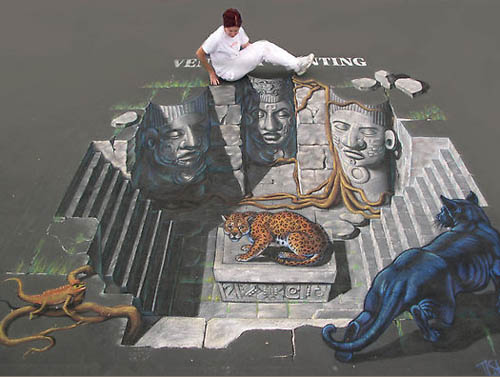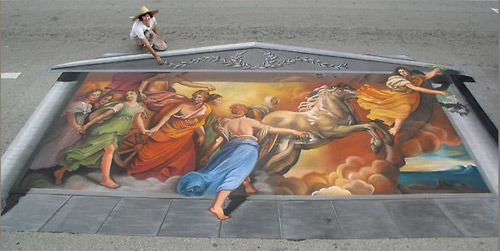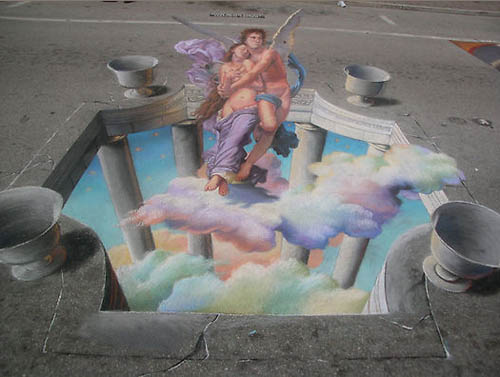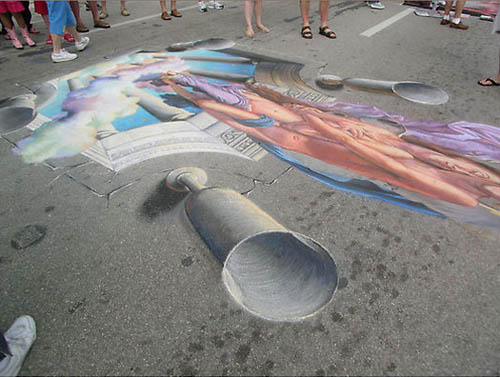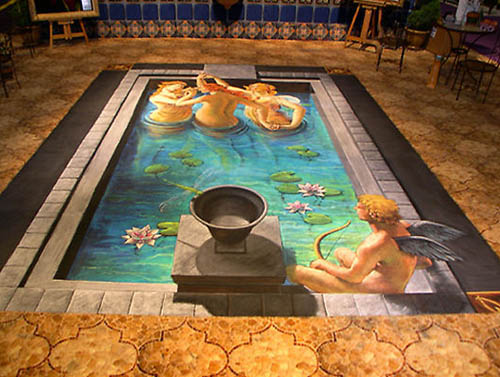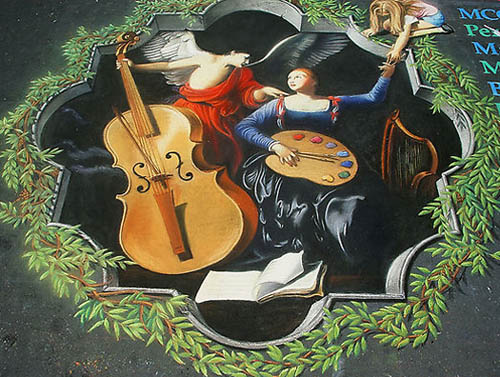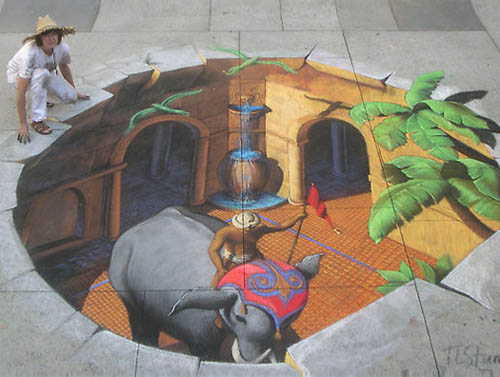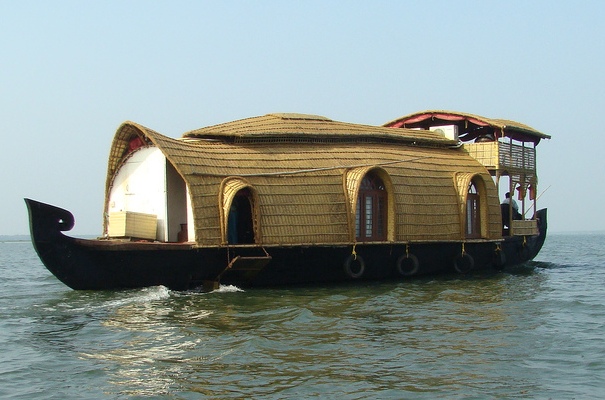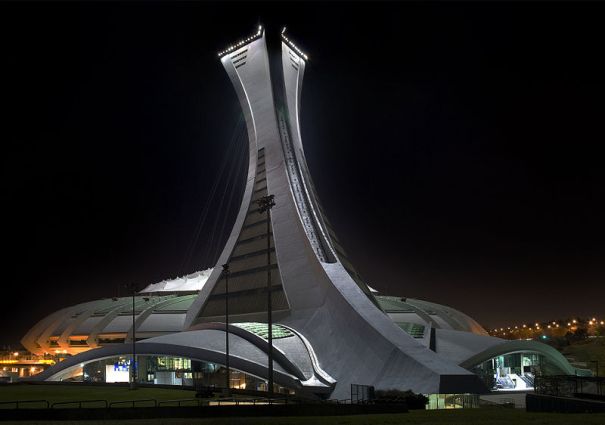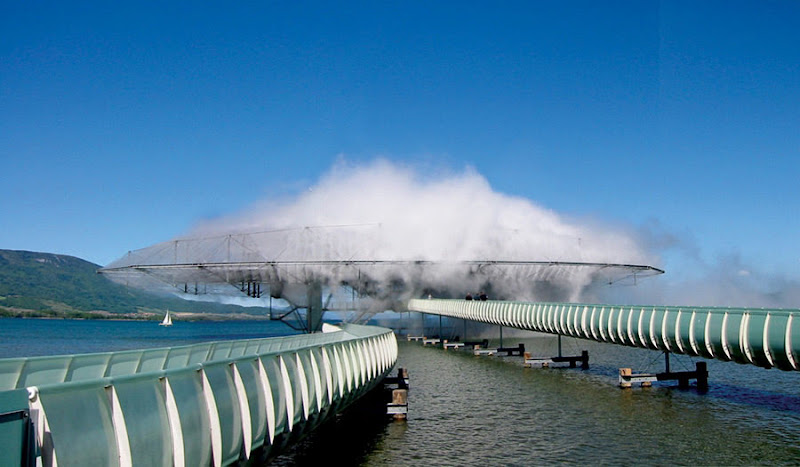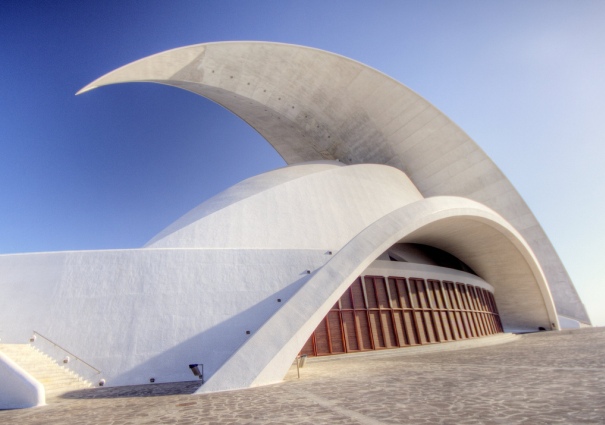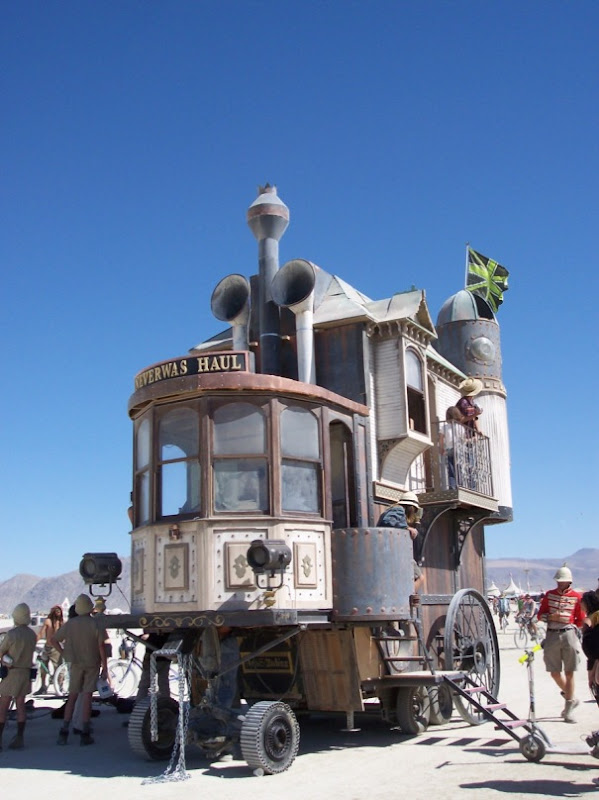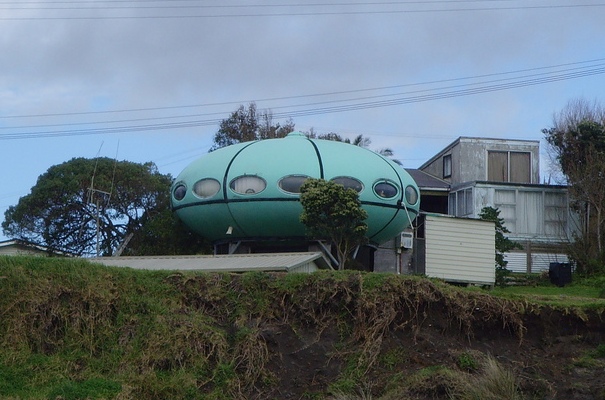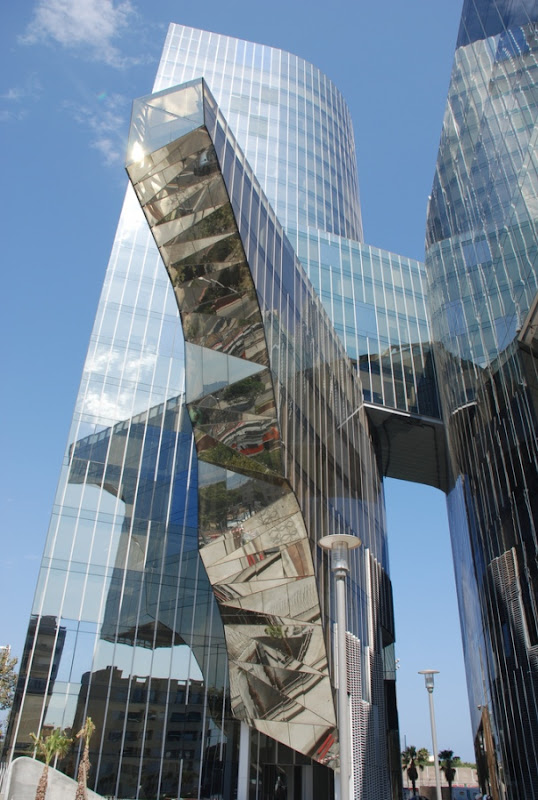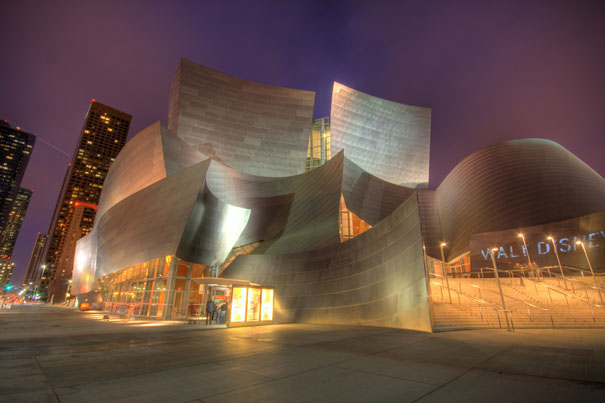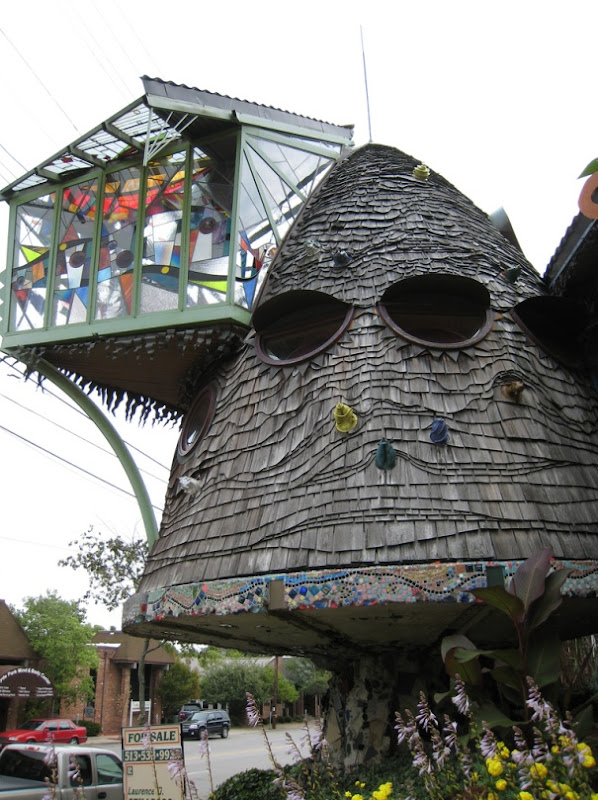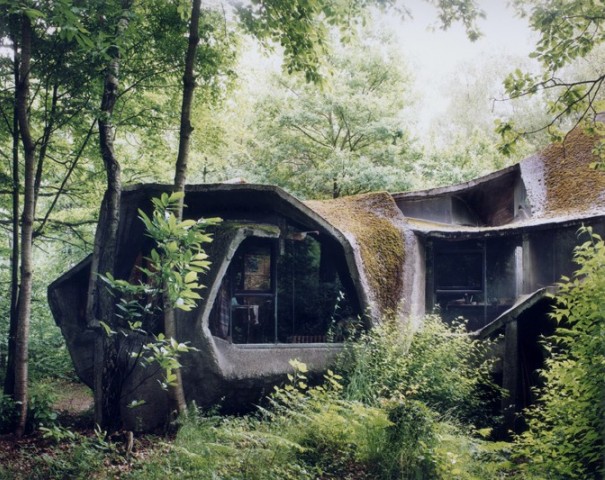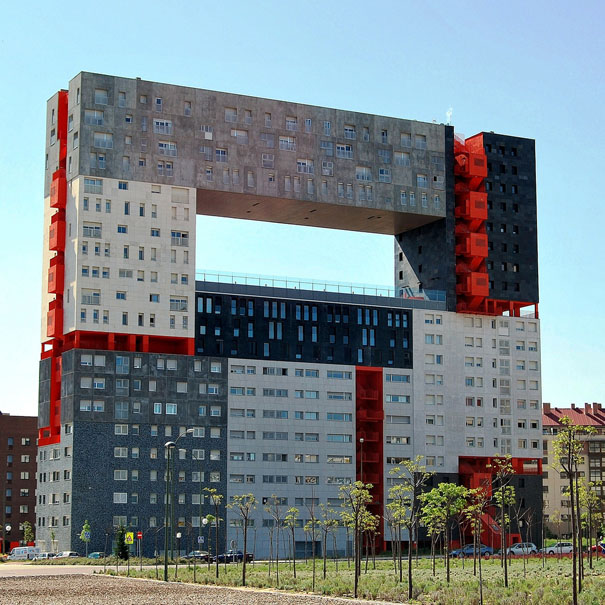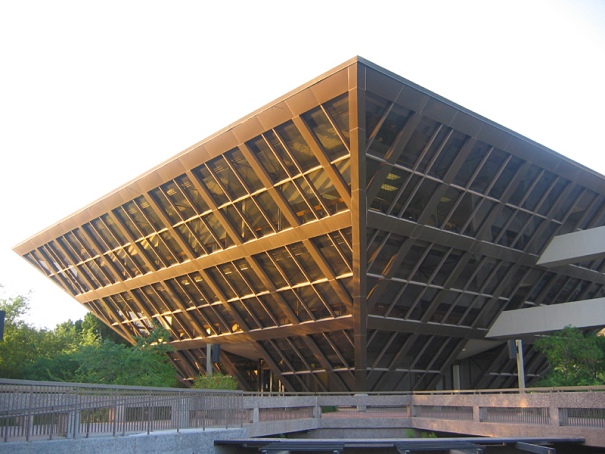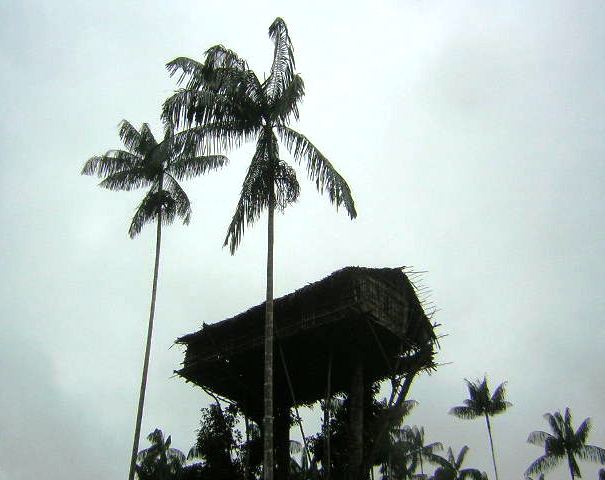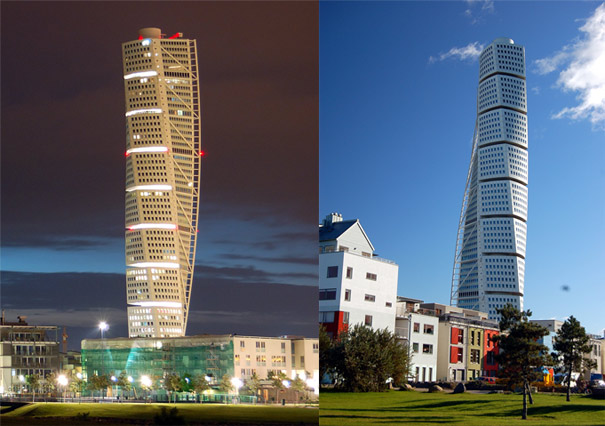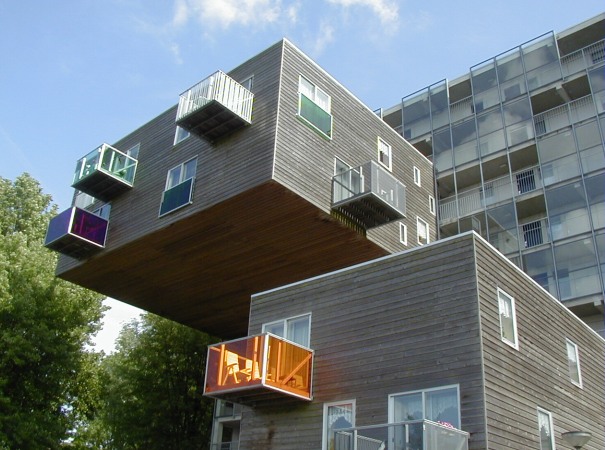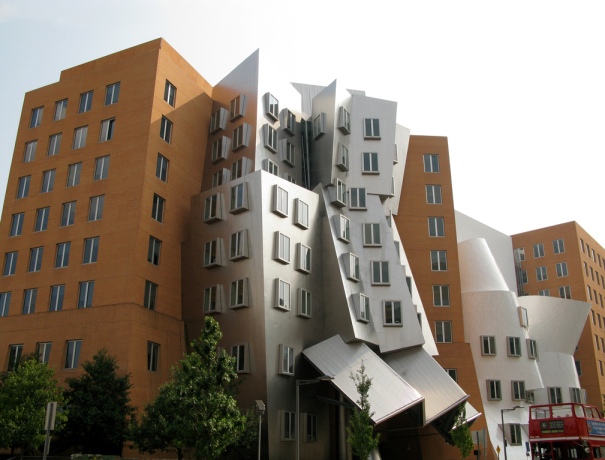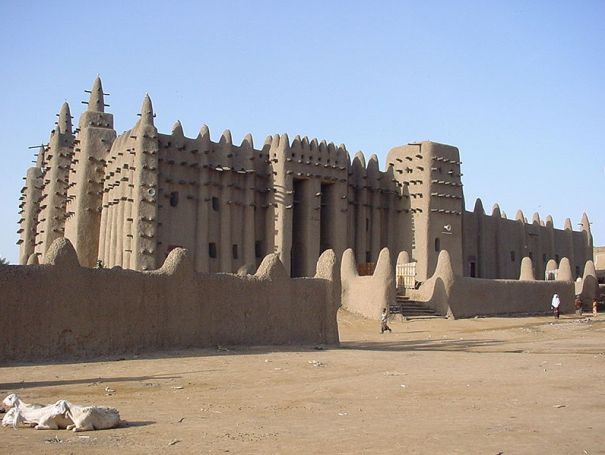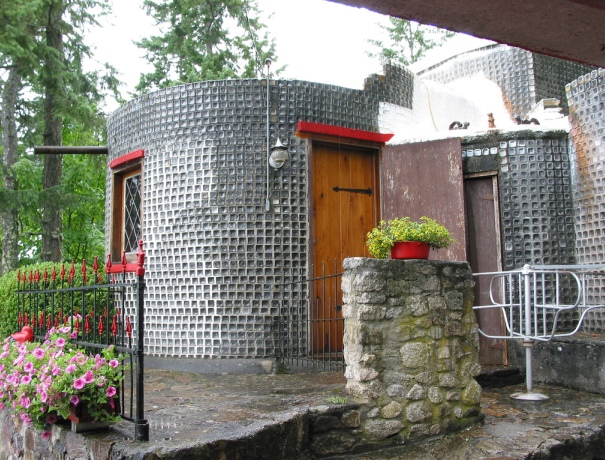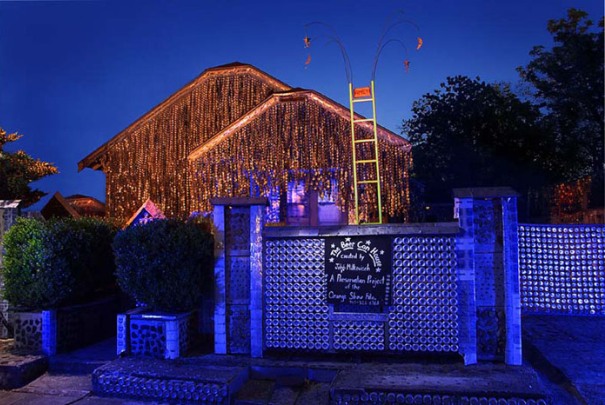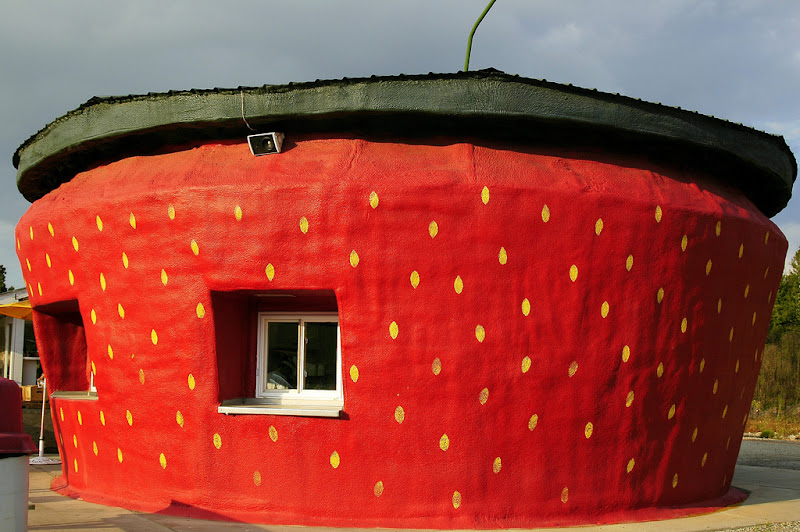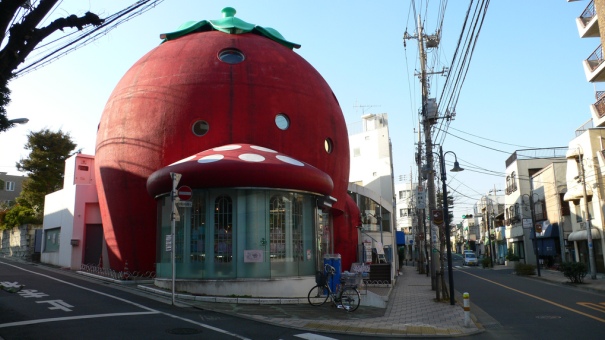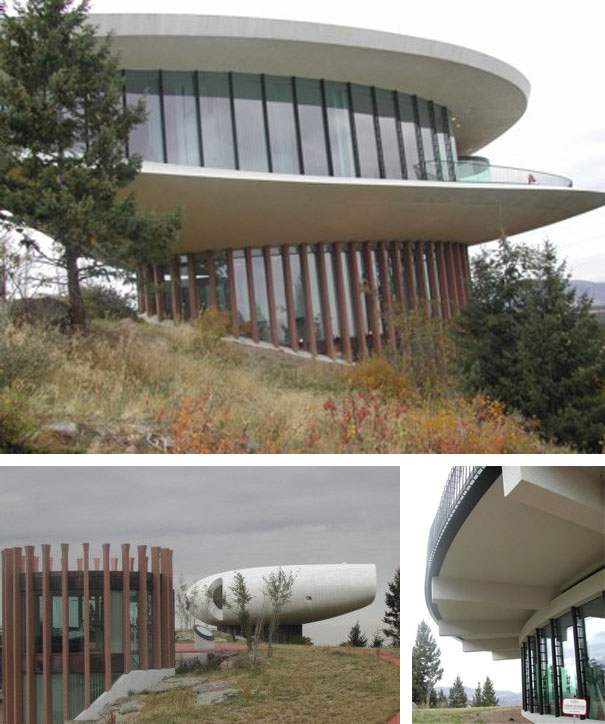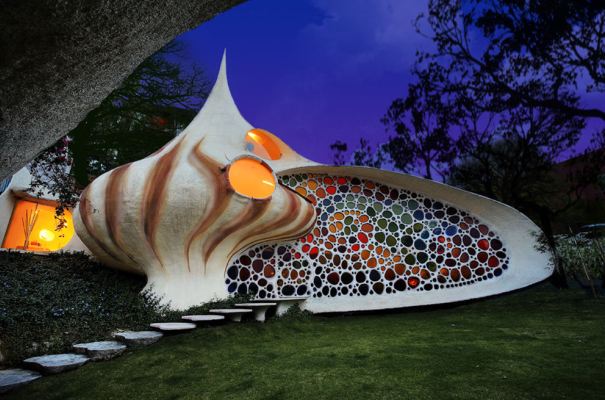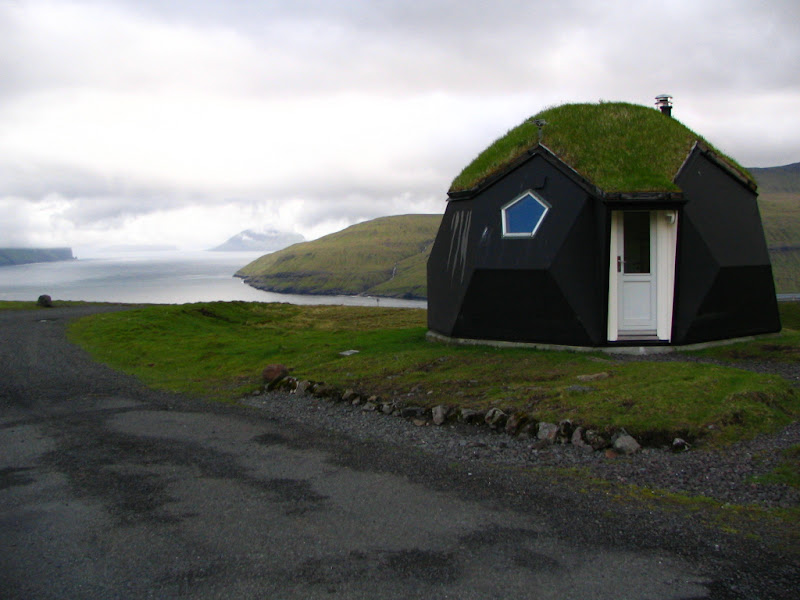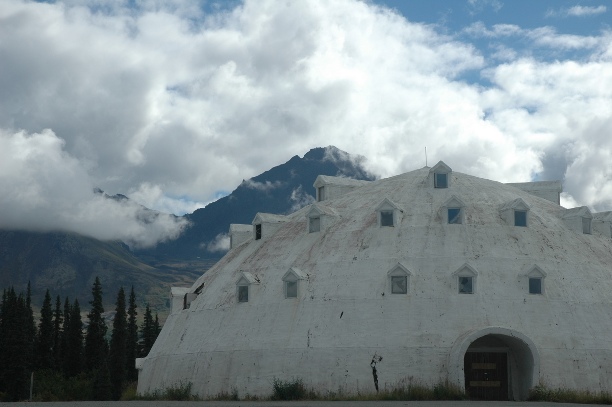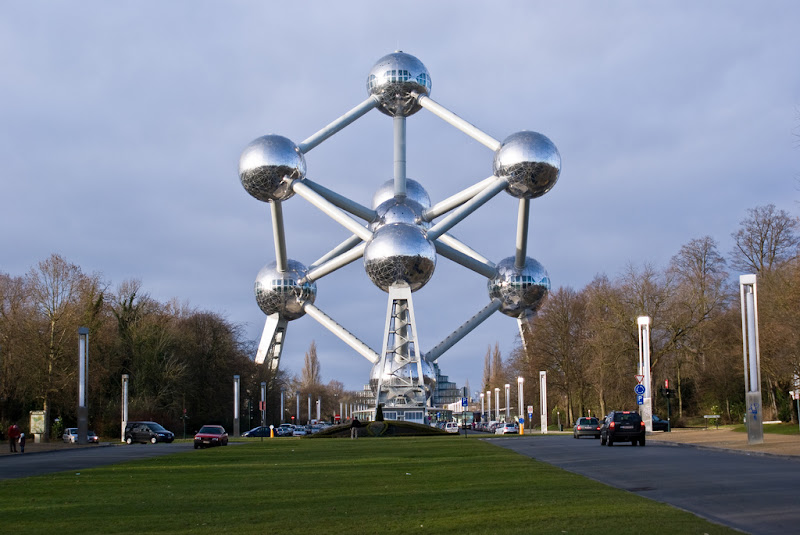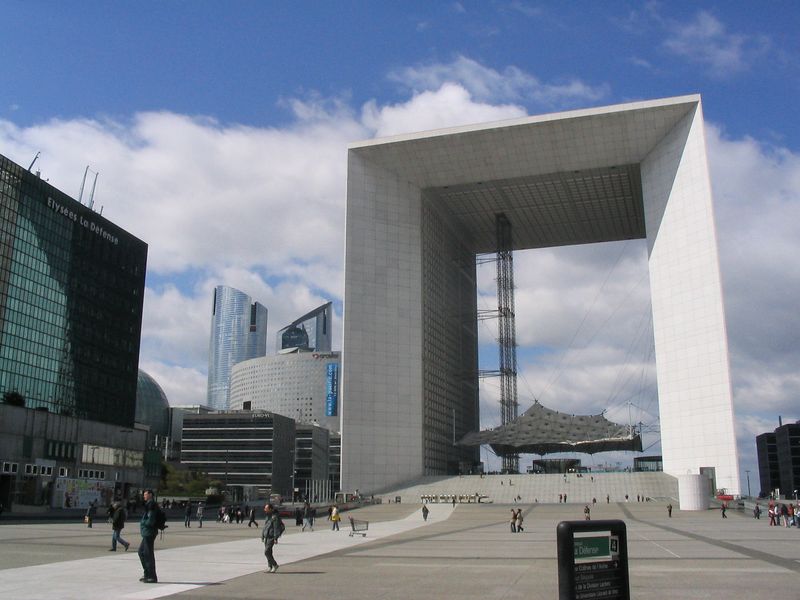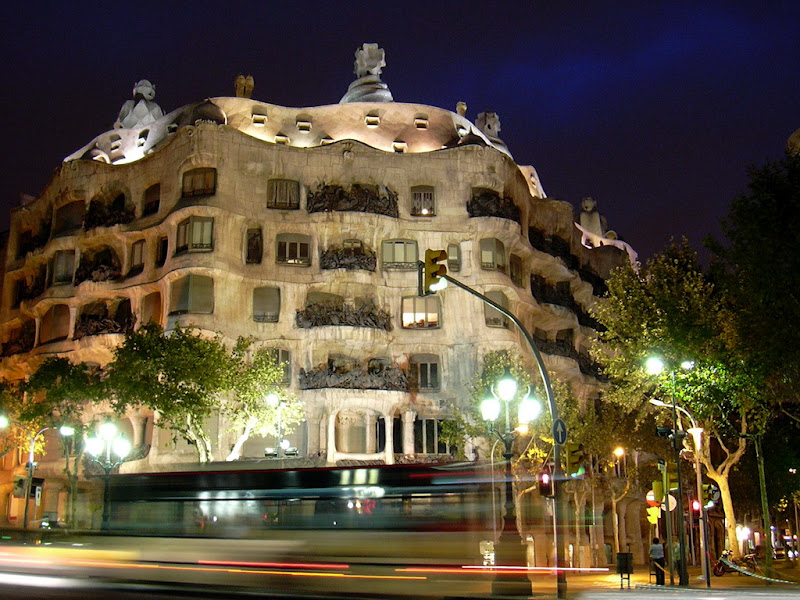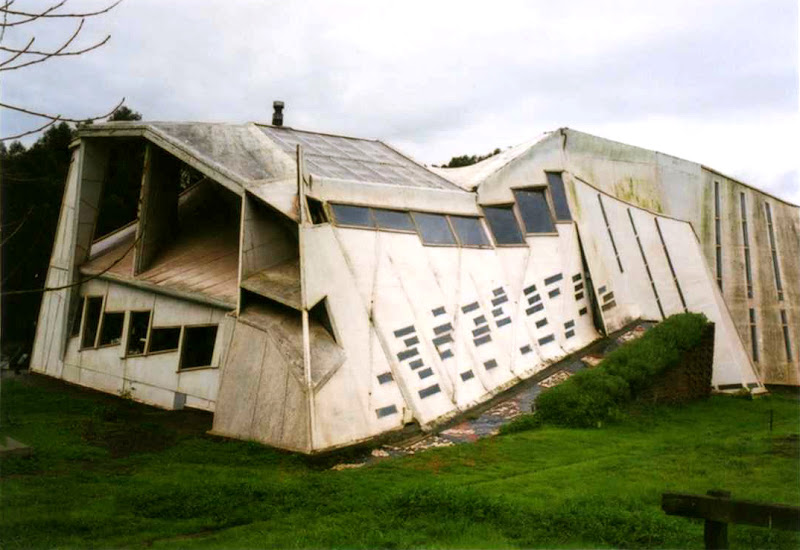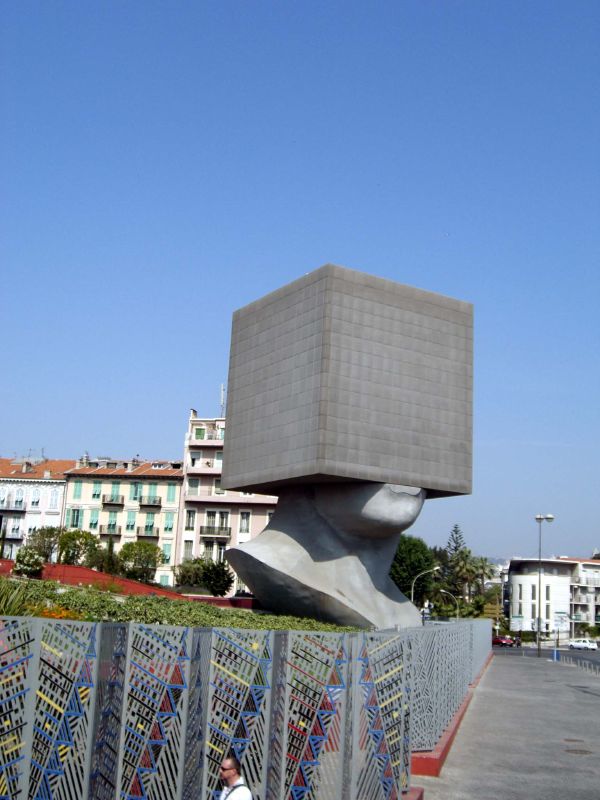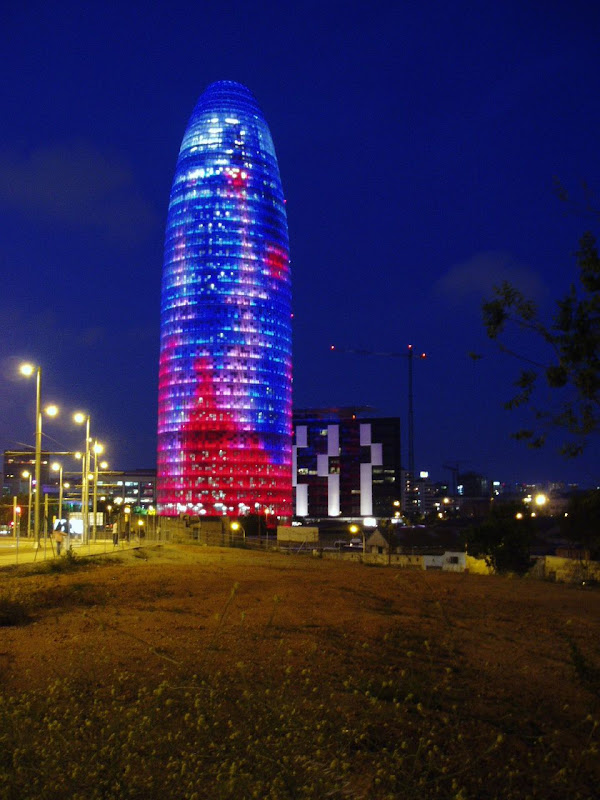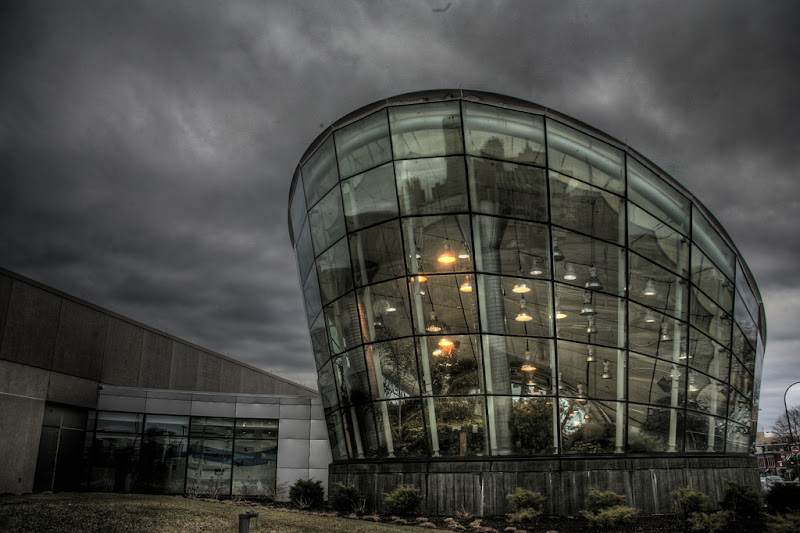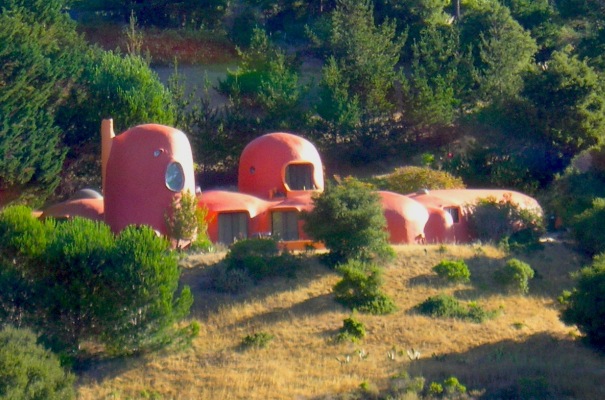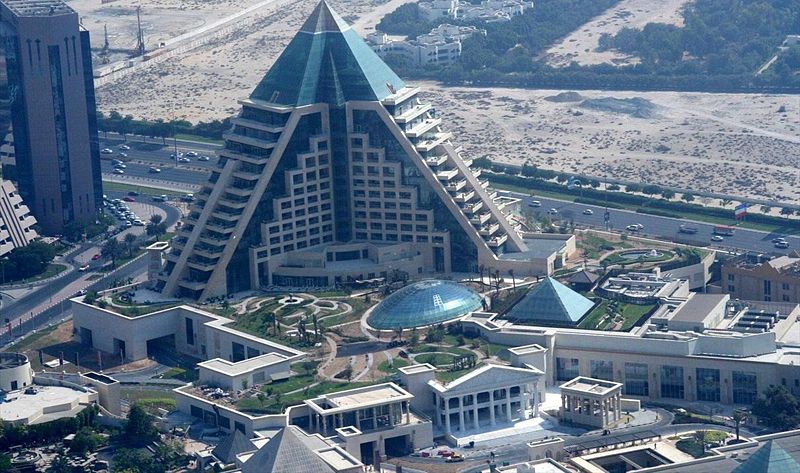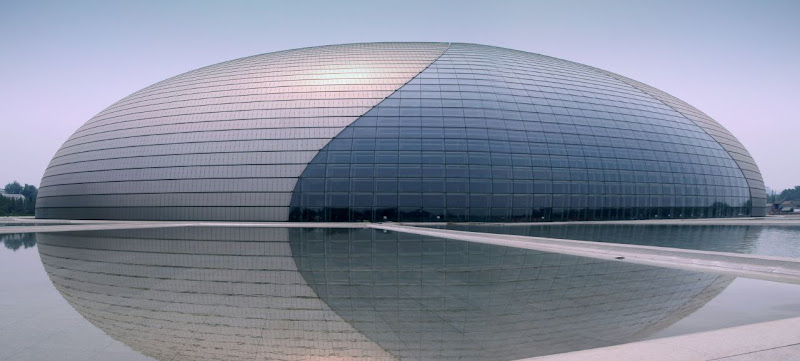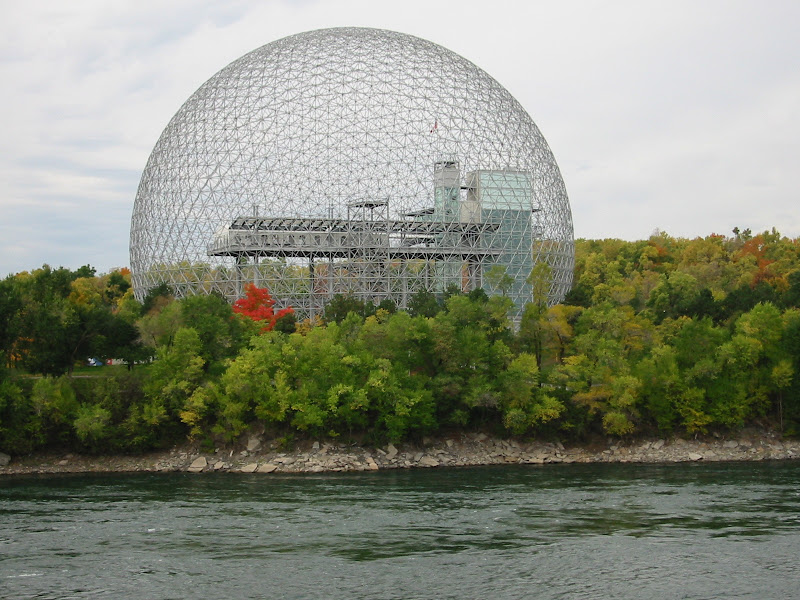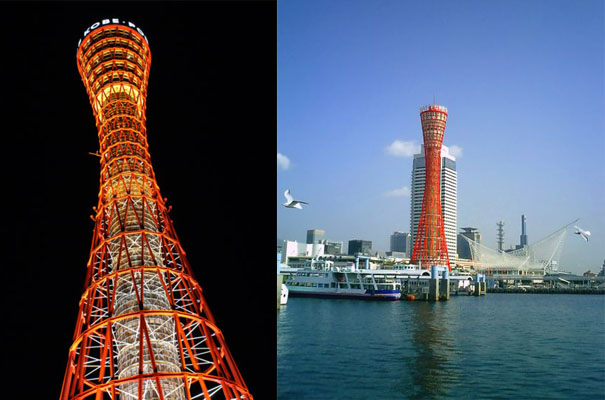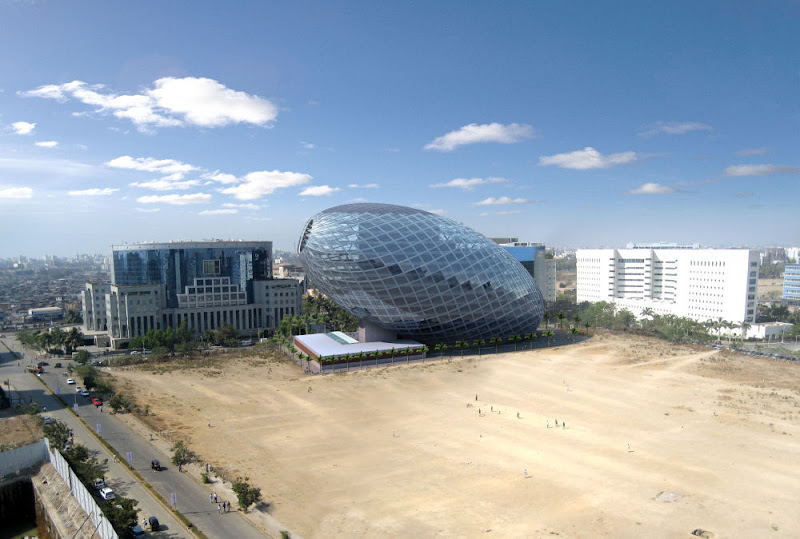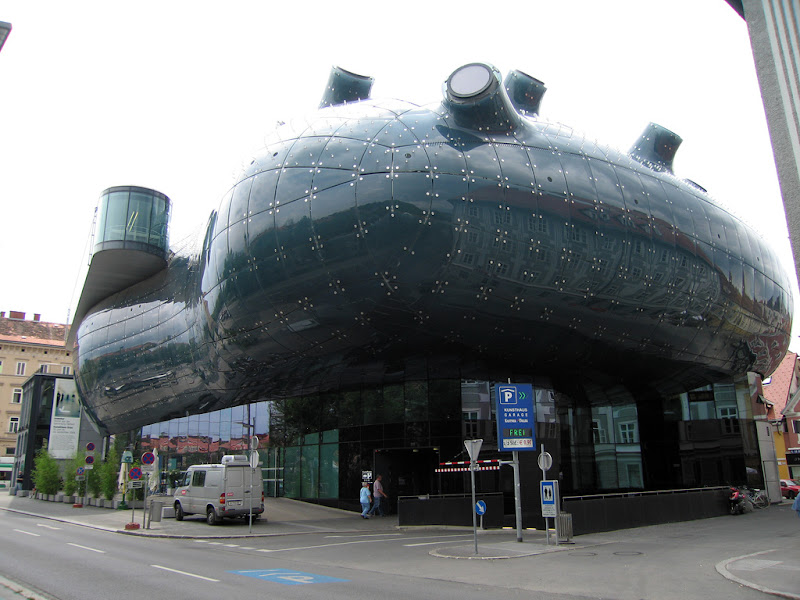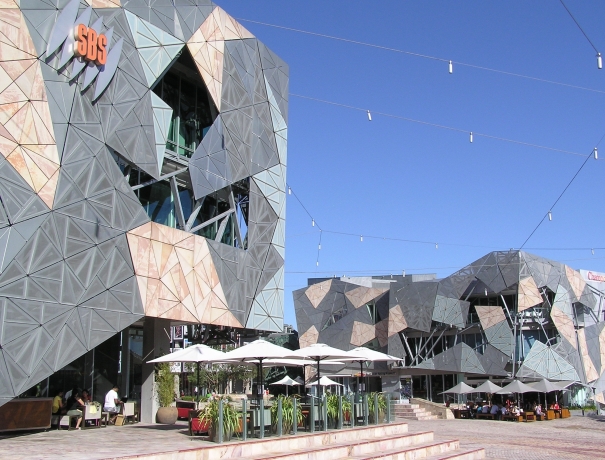These top 10 strange holes are geographical phenomena and most astounding sites in the world. Some hole are made occasionally by nature but some by the man in search for the mining wealth. Here we point out the top ten biggest and strangest of them.
1. Darvaza Gas Crater – Turkmenistan (The Door to Hell):
In the heart of the Karakum desert of Turkmenistan the Darvaza Gas Crater or The Burning Gates give off a glow that can be seen from miles away during the dark night. The large crater is a result of a Soviet gas exploration accident in the 1950’s. It was created when a Soviet drilling rig was drilling for natural gas fell into an underground cavern resulting in a crater which today measures roughly 60 meters in diameter and 20 meters deep. The huge crater was set alight shortly after being discovered and has been burning ever sinse. The smell of burning sulfur can be detected from a distance and becomes quite strong as you near the hot edge of the crater.
2. Kimberley Diamond Mine – South Africa:
The Kimberley Diamond Mine (also known as the Big Hole) holds the (disputed) title of being the largest hand-dug hole in the world. From 1866 to 1914 50,000 miners dug the hole with picks and shovels, yielding 2,722 kg of diamonds. Attempts are being made to have it registered as a world heritage site. The Big Hole has a surface of 17 hectares (42 acres) and is 463 metres wide. It was excavated to a depth of 240 m, but then partially infilled with debris reducing its depth to about 215 m; since then it has accumulated water to a depth of 40 m leaving 175 m visible. Beneath the surface, the Kimberly Mine underneath the Big Hole was mined to a depth of 1097 metres. A popular local myth claims that it is the largest hand-dug hole on the world, however Jagersfontein Mine appears to hold that record.
3. Monticello Dam – California:

Monticello Dam is a dam in Napa County, California, constructed between 1953 and 1957. The dam is a medium concrete-arch dam with a structural height of 304 ft (93 m) and a crest length of 1,023 ft (312 m). It contains 326,000 cubic yards (249,000 m³) of concrete. The dam impounds Putah Creek to form Lake Berryessa, the second-largest lake in California. The capacity of the reservoir is 1,602,000 acre·ft (1,976,000 dam³). Water from the reservoir is supplied mostly to the North Bay area of San Francisco. The dam is noted for its classic, uncontrolled spillway with a rate of 48,400 cubic feet per second (1370 m³/s) and a diameter at the lip of 87 ft (27 m).
4. Bingham Canyon Mine – Utah
The Bingham Canyon Mine is a copper mine in the Oquirrh mountains, Utah. The mine is 0.75 mile (1.2 km) deep, 2.5 miles (4 km) wide. It is the world’s largest manmade excavation. The mine has been in production since 1906, and has resulted in the creation of a pit covering 1,900 acres (7.7 km²). Over its life, Bingham Canyon has proven to be one of the world’s most productive mines. As of 2004, ore from the mine has yielded more than 17 million tons (15.4 Mt) of copper, 23 million ounces (715 t) of gold, 190 million ounces (5,900 t) of silver, and 850 million pounds (386 kt) of molybdenum.
5. Great Blue Hole – Belize
The Great Blue Hole is an underwater sinkhole off the coast of Belize. The hole is 1,000 feet across and 400 feet deep. It was formed as a limestone cave during the last iceage. This is a popular spot amongst recreational scuba divers, who are lured by the opportunity to dive in crystal clear water and meet several species of fish, including giant groupers, nurse sharks and several types of reef sharks such as the Caribbean reef shark and the Blacktip shark.
6. Mirny Diamond Mine – Siberia:
The Mirny Diamond Mine is 525m deep and has a diameter of 1200m. It was the first, and one of the largest, diamond Pipes in the USSR. It is now abandoned. While it was still operational, it would take two hours for trucks to drive from the top to the bottom of the mine. Currently, the mine is operated by Alrosa, the largest diamond producing company in Russia, and employs 3600 workers. It has long been anticipated that the recovery of diamonds by conventional surface methods will saturate. Therefore, in 1970s construction has started of a network of underground tunnels for diamond recovery. Production of diamonds by this method started in 1999 and is estimated to last for another 27 years. This estimate is based on depth explorations down to 1220 meters. In order to stabilize the abandoned main pit, its bottom was covered by a rubble layer 45 meters thick.
7. Diavik Mine – Canada

The Diavik Mine is a mine in the Northwest territories of Canada. The mine (opened in 2003) produces 8 million carats or about 1,600 kg (3,500 lb) of diamonds every year. The mine is owned by a joint venture between the Harry Winston Diamond Corporation and Diavik Diamond Mines Inc., a subsidiary of Rio Tinto Group. The lifespan of the mine is expected to be 16 to 22 years. The mine consists of three kimberlite pipes associated with the Lac de Gras kimberlite field and is located on an island 20 square kilometres (8 sq mi) in Lac de Gras and is informally called East Island. It is about 220 kilometres (137 mi) south of the Arctic Circle.
8. Sinkhole – Guatemala:

In February 2007 a large sinkhole opened in a poor neighborhood in northeast Guatemala city, killing three people. The sinkhole was 100.5 m (330 ft) deep, and apparently was created by fluid from a sewer dissolving the rock underneath. As a result, one thousand people have been evacuated from the area. The sink hole has since been mitigated and plans to develop on the site have been proposed.
9. Udachnaya Pipe – Russia:
The Udachnaya Pipe is a diamond mine in Russia. The owners of the mine plan to cease its operations in 2010 – in favor of underground mining. The mine was discovered in 1955 and is over 600 meters deep. The nearby settlement of Udachny is named for the deposit. As of 2004
, Udachnaya pipe is controlled by Russian diamond company Alrosa, which plans to halt open-pit mining in favor of underground mining in 2010
10. Chuquicamata – Chile

Chuquicamata or “Chuqui” as it is more familiarly known, is an open pit copper mine in Chile. It is the mine with the largest total production of copper in the world – though it is not the largest copper mine. The mine is over 850 meters deep. Copper has been mined for centuries at Chuquicamata as was shown by the discovery in 1898 of “Copper Man”, a mummy dated at about 550 A.D. which was found trapped in an ancient mine shaft by a fall of rock. It is also said that Pedro de Valdivia obtained copper horseshoes from the natives when he passed through in the early 16th Century.





